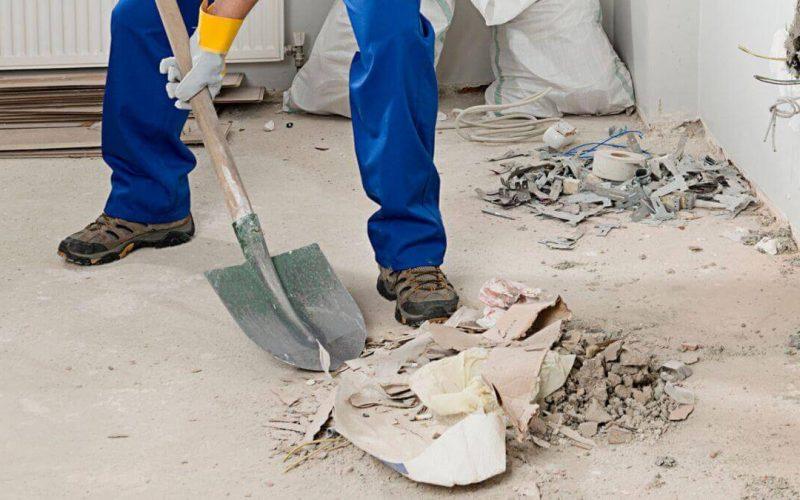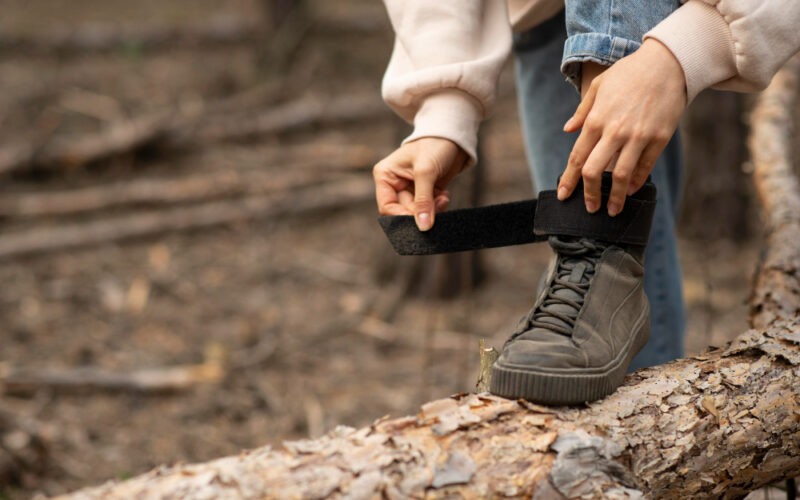
After any construction or remodeling project, your space is probably filled with dirt, debris, and mess. Cleaning up can be a hassle and expensive as well. But it doesn’t have to be that way. You can save time and money by learning how to clean dust after construction. Any homeowner or DIY renovator knows that dust can be a major annoyance. This is especially true after a construction project when the dust generated by the renovation is of a large scale and there is a lot of it. Various factors can contribute to a large volume of dust during a construction project, which may be a simple remodeling or renovation of your house or something more elaborate such as building an addition or even erecting a new house on your lot.
Why you need a post construction clean up?
It can cause mold
Post construction cleanup is necessary for preventing mold and mildew growth after your home or building is completed. It’s also a good time to notice any problems and get them fixed before they turn into bigger issues.
It adds to curb of your home
After construction clean up, rental property investors should make it part of their routine to get the dust out of the home before renting it out to tenants. When you rent out your property, this dust can get tracked through your home, get in your air vents, and otherwise just clutter up your place. Although this seems like a lot of work, the benefits are worth it.
It can lead to health problems
Dust and debris in home can cause health and breathing problems if not timely handled. Dust in home is not good for anyone, especially to asthmatic people, after construction is over you have to be careful in cleaning the areas in the house where dust is settled during the process. For proper cleaning get house cleaning services.
How to clean residual material after construction job is done?
The first step to cleaning up your yard and garden after a construction job is to clear away all the debris that was created during the project. This includes hauling away and disposing of all wood, metal and plastic materials like:
Wood: Unless it’s treated, you should never burn pressure-treated lumber because of harmful chemicals released into the air. Burning it can also create toxic ash residue. If you’re planning to reuse any pressure-treated wood, clean it thoroughly with a pressure washer or by power washing it with cool water. Otherwise, dispose of it in accordance with local laws. Remove nails by using a hammer claw or pry bar.
You can leave untreated wood on site if you want to use it for firewood later on. However, you should remove any nails first so they don’t injure someone. Take care when removing bricks so you don’t damage them or the brick wall behind them.
Metal: Remove nails from metal before disposing of it because they could be sharp. To remove old decking, lay down sheets of plywood under the deck boards before removing them to make cleanup easier. Dispose of metal fencing by recycling it or taking it to a scrapyard for cash or trade credit.
Plastic: Items made from plastic
Protect your floors and furnishing first
Furniture and floors – Before doing any cleaning, make sure that all of your family’s furniture is moved away from the construction zone. Next, sweep up any loose dirt or debris on your floors and put a drop cloth down to protect them from any damage caused by cleaning agents. Make sure you cover all of the baseboards with tape before using a wet cleaner on them.
Clean tools – After you have finished using a tool, make sure to clean it thoroughly before putting it away or storing it in a tool box. You can use soap and water or a solvent to clean the outside of the tool as well as its moving parts. Finally, wipe down any surfaces that may have been contaminated by construction materials such as sawdust or drywall dust.
Move towards vacuuming and sweeping
Furniture. After you have removed all the furniture from a room, vacuum it thoroughly. Carpeting should be steam cleaned if possible. Then wash the walls and ceiling with a mildew-resistant product to remove any dirt or stains that might have been caused by construction dust.
Dust. Vacuum every surface of the room, including the floor and baseboards. These areas often get dirty during construction because they’re not cleaned often. Pay particular attention to places where dust tends to accumulate, such as behind door frames and along window sills. The corners of rooms can lose lots of dust when you’re tearing out walls, too. Make sure everything gets vacuumed or swept at least once; then go over it again after you’ve cleaned up other areas in the house.
Conclusion
The best way to clear out clutter and post construction mess is to get organized. Start by going through your belongings and separating them into three piles: things you definitely want to keep, things you can definitely throw out, and everything else that’s in the middle, you know better what to do with that by setting up your priorities.





